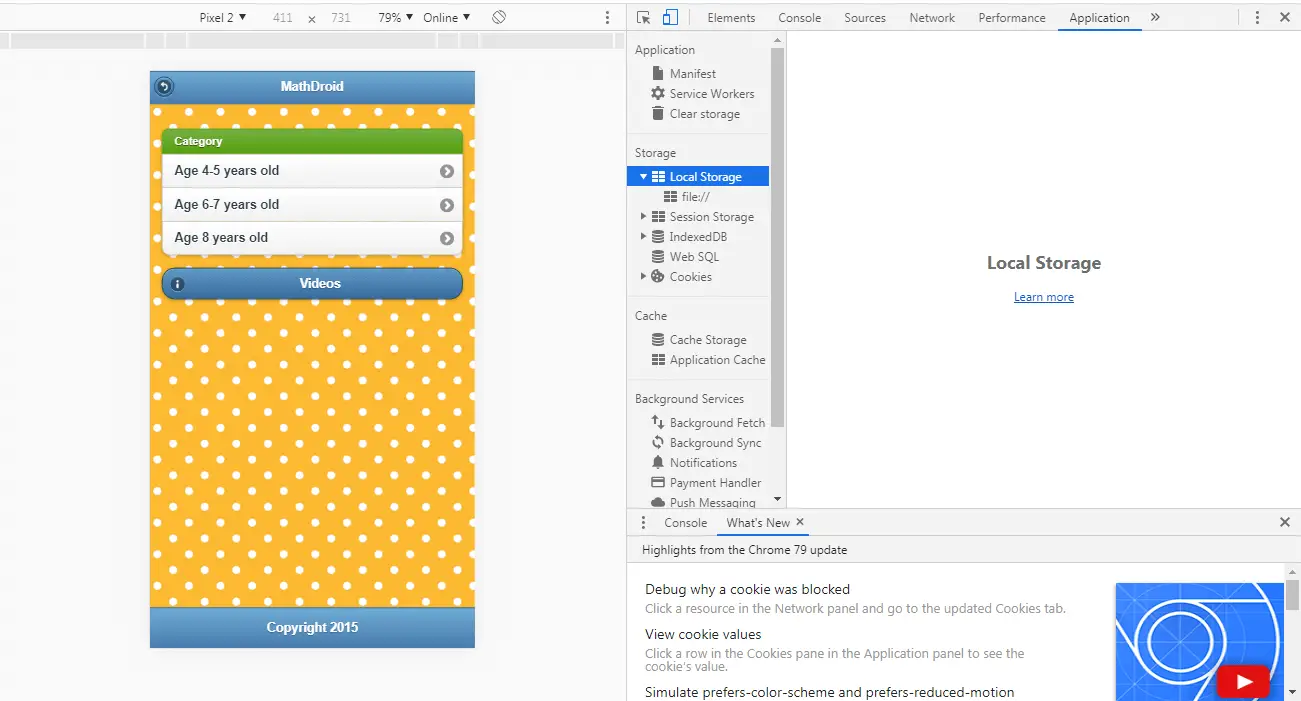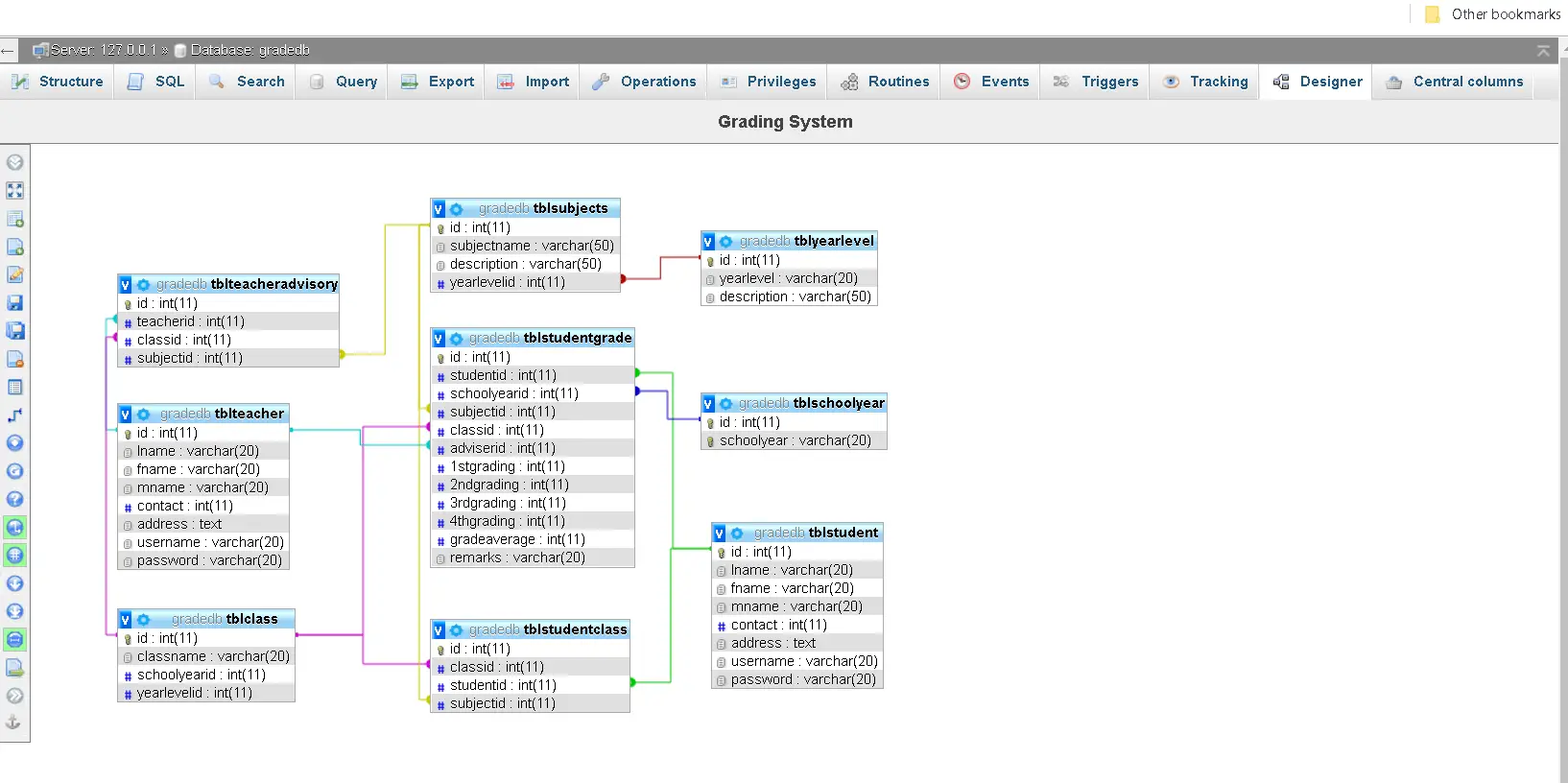Bluetooth Based Door Lock App with SMS Notification
REVIEW OF RELATED LITERATURE
There are numerous researches in the field of home automation most especially in door lock system. But all these researches vary in the access control system to replace the traditional physical key based on specific techniques such as wireless transceiver, bluetooth mobile device, biometric and card access.
Amount of options for a door locks are available in the market which homeowners would consider the different factors when security is concern. The four most common are padlock, dead bolts, knob locks and lever.
Padlocks are the only type of lock that is typically not permanently attached to anything else. Padlocks come in a range of sizes, are free standing and portable, and are one of the most easily recognizable types of lock. Padlocks come in two main varieties: combination and keyed. Combination locks have one or more number dials that open the lock when the correct combination is entered. They are often easy to decode or shim open. Keyed padlocks have several options to consider. There are rekeyable and non-rekeyable padlocks. If a padlock is non-rekeyable, then you cannot change the key that opens the lock (for example to make it use the same key as your house).

Padlocks can be key-retaining or non-key-retaining. A key-retaining padlock does not allow the key to be removed while the padlock is open. Finally, padlocks can have a shrouded shackle. This is an extension of the body where the shoulders of the padlock raise up the sides of the shackle to make it far harder for bolt cutters to cut the padlock.
Deadbolts are generally installed on external doors and have a few more options to consider than padlocks. Deadbolts come in three primary varieties: single, double, and lockable thumbturn. Single cylinder deadbolts are found on most American homes. They use a key cylinder on the outside and a thumbturn (rosary) on the inside to open or close the lock. These deadbolts have one primary weakness. If access to the inside is possible (via a nearby window or even through the peephole using simple tools), the door can be opened using the thumbturn. A double cylinder deadbolt uses a key cylinder on the inside and the outside of the door to solve this issue. These have the clear disadvantage of always requiring a key to open the door from the inside if it is locked. This can pose a significant problem in a fire or other emergency situation. If used in a residential situation, it is strongly recommended that a key is left on the inside when people are present to ensure a safe exit in an emergency. The final type of deadbolt is a hybrid between a single and a double deadbolt, and is called a lockable thumbturn. It features a thumbturn on the inside that works like a normal single cylinder deadbolt, except the thumbturn can be locked using a key so it cannot lock or unlock the door. This means in a residential situation, the thumbturn can be left in an unlocked position while people are inside the house, and it will operate exactly like a standard single cylinder deadbolt. When everyone is leaving, especially for extended periods of time, the thumbturn can be easily locked so that even if someone has access to the door from the inside, the deadbolt cannot be unlocked. This type of deadbolt provides maximum flexibility and security in most situations Knob locks are frequently installed in residential situations on exterior doors in addition to deadbolts, and are sometimes used as the primary source of security for doors. First and foremost, it should be said that knob locks should virtually never be used for security on external doors. The problem lies in the fact that the lock cylinder is in the knob itself and not the door. In almost all setups, they can be broken off the door with a hammer or bypassed using pliers or a wrench behind the knob, completely bypassing the locking cylinder. If you currently have knob locks, consider replacing them with simple passage knobs as it will provide almost as much security as long as you are using deadbolts on the same doors.
Lever handle locks are frequently used for inner doors in commercial settings. They are easier to open than knob locks as they have a large push down style handle rather than a knob that one must grasp and turn. Frequently when handicap accessibility is important lever locks are used. [https://securitysnobs.com/Types-Of-Locks.html]
Sedhumadhavan and Saraladevi designed a project to open a door anywhere from home or building using Wi-fi. This makes a user to open a door either from Laptop or in a mobile phone with android application. Playing a major role in the project are Arduino Yun Board, wi-fi and android application. [https://securitysnobs.com/Types-Of-Locks.html]
Shiu Kumar has proposed a smart home system that uses an embedded micro-web server with real IP connectivity to access and control appliances and other devices remotely from an Android based app, which can be used from any Android supported device. The Arduino Ethernet is used for the micro server eliminating the use of PC and the system requires user authentication in order to access the home system. Voice activation for switching applications also have been incorporated especially for the elderly and the disable person.[ International Journal of Innovative Research in Computer and Communication Engineering (An ISO 3297: 2007 Certified Organization) Vol. 2, Issue 11, November 2014]
N.H. Ismail, Zarina Tukiran,N.N. Shamsuddin designed a project for disabled user who can easily use the Graphic User Interface (GUI) application that has been created in the Android smartphone to lock or unlock the magnetic door through Bluetooth protocol. A pop up block will automatically appear on the screen to show the status of the door. At the same time, a small bulb that is attached to the door will switch “ON” once the door is opened. [S. Kumar, 2014. Ubiquitous Smart Home System UsingAndroid Application. International Journal of Computer Networks and Communications (IJCNC). 6: 33-43.]
There are also existing door locks in the market today like Lockitron, Unikey Kevo, August Smart Lock and Goji Smart Lock.
Lockitron allows the user to lock their door from anywhere in the world through WiFi. There are applications for both iOS and Android. It also functions with other mobile phones through the use of simple text message commands. There are multiple ways of unlocking the door lock; through the internet while using the app, by using Bluetooth 4.0 while walking up to the door, or through NFC(Near Field Communication). Bluetooth 4.0 is only available for some currently released Android smartphones and the Iphone 4S and 5. [https://api.lockitron.com/.]
The user is also able to share access with family and friends, by using their email address or phone number. Its battery can only last up to one year.
The Kevo application uses Location Services and Bluetooth low energy to detect when the user is near the door and a touch on the lock will lock or unlock it. It has a feature to detect if the user is inside or outside of the door to prevent unauthorized access. The control application is only available for iPhone 4S and iPhone 5. UniKey also provides a Kevo Fob for users without a compatible phone. A Kevo Fob or key fob is a small security hardware device with built in authentication mechanisms [http://www.kwikset.com/Kevo/default.aspx]. It uses 4 AA batteries and has a claimed battery-life of one year. The lock has indicators for low battery levels and in the case the batteries are not replaced in time, a standard key has to be used. The lock is a deadbolt replacement and is designed to be easily installed.
The August Smart Lock employs only Bluetooth 4.0 hence the device itself is not connected to to the user’s home network or to the internet, nor is it connected to any power source. The advantage of this is if the home WiFi network or the power at the user’s home is down, the August Smart Lock still functions. Therefore it uses 4 AA batteries, with a lifespan of six months to one year, and notifies the user when the batteries are running low. The lock itself is installed on the interior portion of the deadbolt, and the creators boast that it has “90% compatibility” with all deadbolts. It also uses LEDs and chimes to notify the user if the door is locked or unlocked. [http://www.august.com/]
Goji Smart Lock One of the biggest differences between Goji and the rest is that it features a camera. The camera is used to take pictures of who is at the door which are automatically sent to the user’s mobile phone. The lock is installed instead of a normal deadbolt and is compatible with most doors that use deadbolts. The Goji Smart Lock is connected to the home network over Wi-Fi and can be locked and unlocked from anywhere in the world. The lock also uses Bluetooth to detect when the user is nearby and automatically unlocks the door when the user approaches the door and locks when the user leaves. [http://www.gojiaccess.com]
Hitachi designed Door-access-control System Based on Finger-vein Authentication where controller is located at each door and houses a microcomputer system — which recalls and individuals’ biometric information stored in a database and executes the authentication algorithm — as well as a control device connected to an automatic door lock and a LAN. A finger-vein scanner is fixed to the wall next to the door of each room, and the finger-vein-pattern image data is sent to the controller via a USB (universal serial bus) connection.
[http://www.hitachi.com/rev/pdf/2004/r2004_02_102.pdf]
Proposed system an automated door is controlled with a card reader and the card reader is controlled by a control program embedded in a microcontroller unit. Implementing the system with a microcontroller will be of great value, cheaper, portable and much benefit to organizations who consistently seek a better means of door access control for their firms.
Designed a password door security system for doors/gates to open the system only when the right person enters the right password using the keypads. The system is done using microcontroller technology as the heart of the system and GSM modem as a notifying device. The microcontroller will wait for the individual till he/she enters the password to activate the electromagnetic relay of the door which locks and unlocks the door. The GSM modem then sends the SMS notify someone who is responsible for the door or asset. [SMS Supported Password Door Security Control System, Effa, Tibebu Derecha, Xuewen Ding and Tirunh, Embiale Merkebu, Tianjin University of Technology and Education (TUTE), School of Electronics Engineering]
The above mentioned projects or researches have significant contribution in door lock application. Thus designing a bluetooth based door lock system with SMS notification would reduce the system cost since most of the laptop, mobile phones and tablets have built in Bluetooth adaptor. Mobile based mobile application would also be incorporated in the proposed project where password of the user will be encrypted. And most importantly users can receive an SMS notification when door opens or closes for added security.
Credits to the authors/developers of the project
You may visit our Facebook page for more information, inquiries, and comments. Please subscribe also to our YouTube Channel to receive free capstone projects resources and computer programming tutorials.
Hire our team to do the project.


